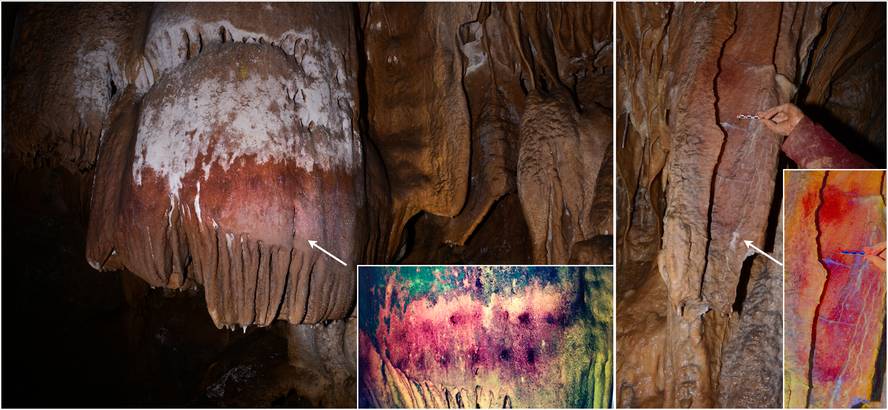They develop a system of localization of caves with rock art
Researchers from the University of Cantabria and the Basque Country, in collaboration with speleologists, have designed a model of identification of cave art caves through geographic information systems.
The study, directed by Diego Garate Maidagan, has been published in the journal Journal of Anthropological Archaeology. They have determined that they have applied it in the Autonomous Community of the Basque Country, but the system is useful anywhere else in the world.
The article recalls that the Cantabrian slope is rich in caves with paleolithic paintings, but until 2001 only six caves decorated in the CAPV were known: Sale Laperra, Arenaza, Santimamiñe, Goikolau, Ekain and Altxerri. Convinced that they should be more, Garate and his colleagues have carried out intensive search campaigns in recent years. The result: instead of six, there are 28 decorated caves known in the CAPV.
In the first place, we reviewed the caves in which the paleolithic sites were located, but later, for the search to be as successful as possible, the model was developed from the cartographic information, the selection criteria and the statistical analysis. According to the researchers, fourteen variables are the most significant, such as the height from the sea level (all have seen that they are below 460 m), the distance to the nearest river, the presence of remains of the Upper Paleolithic (from 28 to 22), the current distance to the sea, the slope of the entrance…
It has been shown that the model is useful, which has allowed to find a set of paleolithic rock art in the cave of San Pedro (Busturia).
On the other hand, it has been observed that for years certain places with high probability of being a rock art (odds higher than 0.75) are being used for mining and quarrying. The researchers have also mentioned other limitations, conservation problems, and cultural preferences. However, apart from these, the results of the research show that the model is adequate, even to take measures of protection appropriate to the archaeological heritage.






